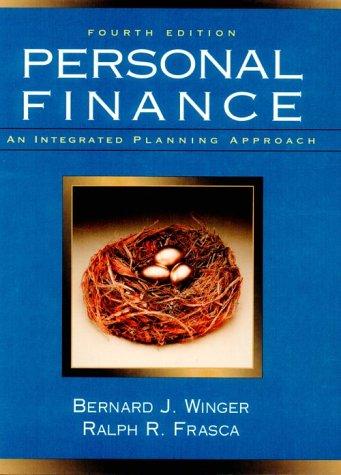Question
A friend wants to deposit $2000 into a savings account. She goes to two banks and is offered competing interest rates for the account. Bank
A friend wants to deposit $2000 into a savings account. She goes to two banks and is offered competing interest rates for the account. Bank 1 has a 10% interest rate, and compounds once annually. Bank 2 has an 9% interest rate, but compounds monthly. Use the following annually compounded interest formula,
A=P(1+r)^t
where A is the accumulated amount, P is the principal amount deposited, r is the annual interest rate (as a decimal) and t is the number of years. For accounts that compound more frequently than once annually, you must use
A=P(1+r/m)^tm
where m is the number of times the account compounds per year. Use fprintf to create a table for all account balances for the first five years for each account so that your friend can compare and decide which one to select. (i.e. year, compound monthly into annunal amount, annual amount).
Step by Step Solution
There are 3 Steps involved in it
Step: 1

Get Instant Access to Expert-Tailored Solutions
See step-by-step solutions with expert insights and AI powered tools for academic success
Step: 2

Step: 3

Ace Your Homework with AI
Get the answers you need in no time with our AI-driven, step-by-step assistance
Get Started


